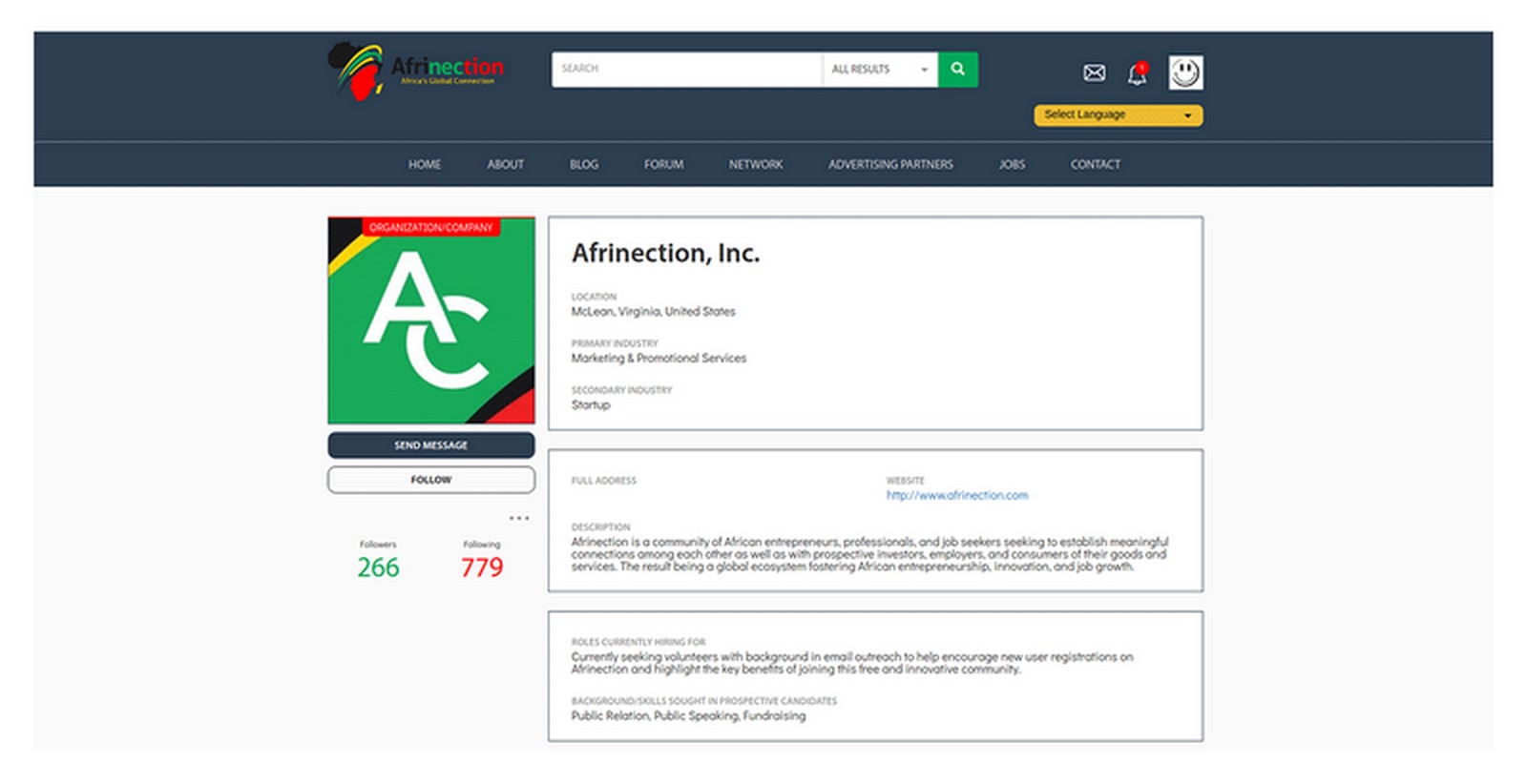Building a Professional Social Network A Comprehensive Guide

Introduction
In the contemporary landscape, social media platforms serve not only as tools for personal connections but also as vital assets for businesses. Professional social networks, in particular, offer avenues for brand establishment, talent recruitment, idea exchange, and customer engagement. This article delves into the intricacies of building a successful professional social network, drawing insights from industry pioneers like LinkedIn.

Understanding the Core Building Blocks
Pull, Facilitate, Match: The Three Pillars
According to Sangeet Paul Choudary, every successful platform must excel in three fundamental functions: pulling participants, facilitating value exchange, and matching producers with consumers. These functions form the bedrock of any professional social network.
The Magnet: Drawing Participants
A compelling professional network entices both producers and consumers by fulfilling their respective needs. Platforms like LinkedIn excel in offering a myriad of benefits to various stakeholders, fostering professional relationships, talent acquisition, and industry insights.
The Toolbox: Facilitating Interactions
Effective professional networks provide users with tools and rules conducive to meaningful interactions. LinkedIn’s array of features, including advanced search filters and real-time notifications, exemplifies how platforms can facilitate seamless collaboration.
The Matchmaker: Connecting Producers and Consumers
Central to a professional network’s success is its ability to match users based on relevant criteria. LinkedIn’s matchmaking prowess lies in its data-driven approach, connecting employers with suitable candidates based on skills and expertise.

Initiating Your Professional Social Network
Defining Core Value
Successful platforms start with a clear understanding of their core value proposition. By delineating the specific needs of their target audience, developers can tailor their platforms to foster meaningful interactions and value exchange.
Identifying Key Features and Functionality
Once the core value is established, developers should focus on integrating features that align with user needs. From comprehensive user profiles to robust search engines and real-time chat functionalities, each feature should enhance user experience and facilitate engagement.
Choosing the Right Technology Stack
Selecting the appropriate technology stack is pivotal in ensuring the scalability and functionality of the platform. Whether opting for a content management system (CMS) or a framework, developers must align their choice with the platform’s objectives and complexity.

Monetization Strategies
Effective monetization strategies should stem from the platform’s core value proposition. LinkedIn’s success in generating revenue through recruitment services, marketing, and premium memberships underscores the importance of aligning monetization efforts with user needs.
Innovating for Success
To thrive in a competitive landscape, professional networks must offer unique value propositions. Platforms like beBee exemplify this by fostering connections based on personal and professional interests, thereby differentiating themselves from traditional business-oriented networks.
Understanding Development Costs
Building a professional social network entails significant investment in terms of time and resources. Factors such as design complexity and feature integration influence the overall development cost, as evidenced by the case of Afrinection.

Conclusion
At its core, a successful professional social network revolves around meeting user needs. By prioritizing core value, implementing relevant features, and embracing innovation, developers can create platforms that drive meaningful connections and value exchange within professional communities.














